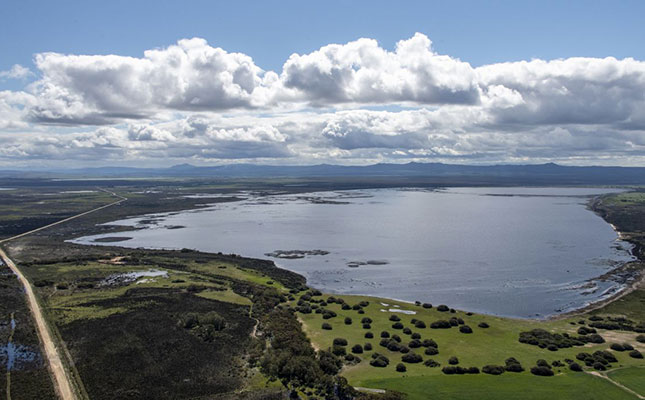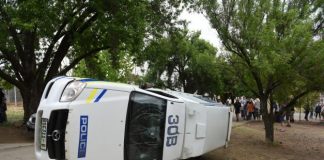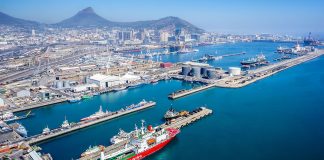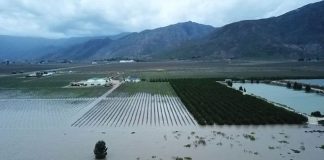
Photo: Jean Tresfon
The World-Wide Fund for Nature (WWF) took ownership of the Vissersdrift property for incorporation into the Agulhas National Park late last year.
This was made possible by a generous donation to the WWF, which secured 90% of the Soetendalsvlei wetland and added a further 2 345ha to the park, about 200km from Cape Town, according to a statement by the WWF.
Soetendalsvlei, Africa’s southernmost freshwater lake, played a critical role in recharging groundwater and supplying freshwater for local agriculture. It drained into the Heuningnes River, which flowed into the ocean at De Mond Nature Reserve between Struisbaai and Arniston.
Here, the Heuningnes estuary provided both a safe haven for migrating birds and for breeding fish.
“The acquisition means the protection of inland salt pans, many of which are under threat in the Western Cape from urban development, mining and agriculture.
“It will also provide protection to rare veld types such as the central Rûens shale renosterveld, vulnerable Agulhas sand fynbos and limestone fynbos, which face similar threats,” Dziba said in the statement.
In the Overberg region of the Western Cape, there were four renosterveld types namely Western-, Central- and Eastern-Rûens Shale Renosterveld and Rûens Silcrete Renosterveld, according to a report in the South African Journal of Botany.
All the renosterveld types were listed as critically endangered. The word ‘rûens’ was derived from the Dutch word ruggens, meaning ‘hilly,’ which was used to describe the undulating, fertile lowlands of the Overberg region.
Soetendalsvlei was also designated both as a critical biodiversity area and an important bird area, supporting over 60 water bird species including several birds of concern such as the Damara tern, great white pelican, and two flamingo species, along with over 21 000 migrant and resident birds.













